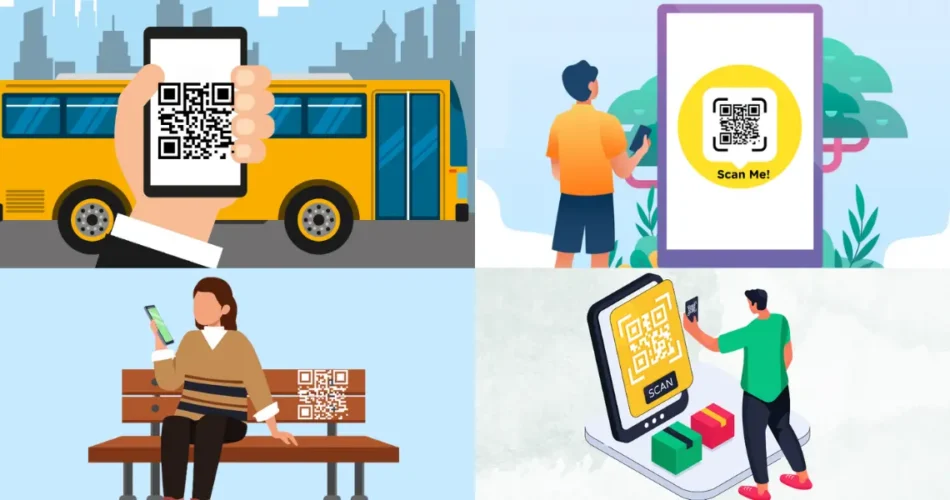It’s a well-known fact among marketers that OOH (Out-of-Home) advertising is one of the best ways to reach a large audience at once. Brands invest millions in designing eye-catching creatives, but is that enough to promote your brand?
Attracting attention is just the first step, making it actionable is just as important. And that’s where QR Codes come in!
According to statistics, combining OOH with modern technology like QR Codes can boost ad awareness by up to 200%.
Curious how it works? Keep reading!
A. Quick overview of OOH QR Codes
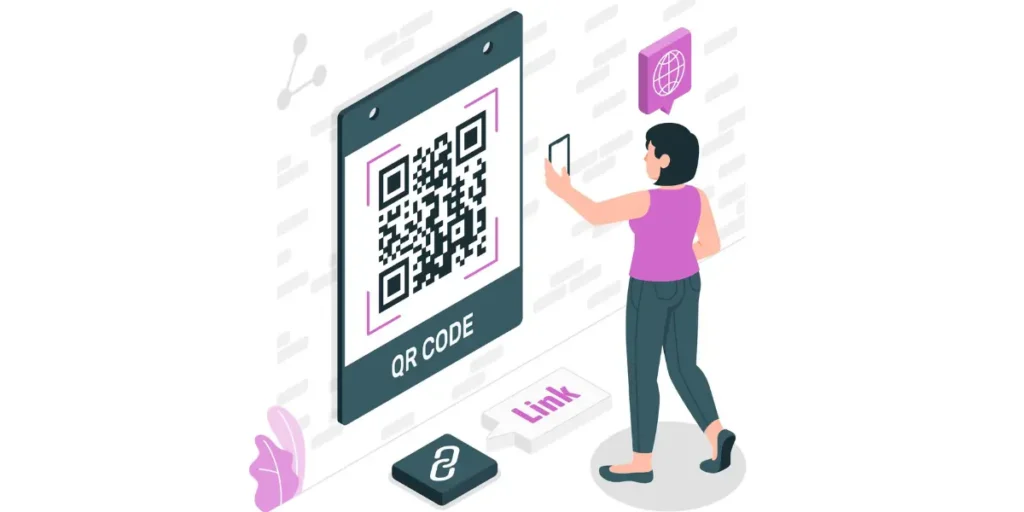
QR Codes are 2D barcodes that, when scanned with a smartphone, connect users to different types of content. When these codes are placed on outdoor ads, whether print or digital, they’re called “OOH QR Codes.”
There are two types of QR Codes in general: static and dynamic. Static QR Codes can’t be changed once created, while dynamic codes let you update the linked content even after they’re printed.
In today’s tech-driven world, aligning marketing efforts with digital tools like QR Codes is essential. QR Code-integrated campaigns are more effective than traditional OOH advertising for various reasons.
Actionable: Even if people notice your ad, what’s the next step? They’re unlikely to open a browser to type in your website URL, search for your app on the Play Store, or look up your username on social media.
A QR Code simplifies this. With a quick scan, users are taken straight to the desired action.
Campaign control: With traditional ads, it’s tough to make changes once they’re up.
But with a dynamic QR Code, you can update the content at any time, even after your campaign is live. This gives you more control over what your audience sees.
Trackable results: Measuring ROI in traditional OOH advertising is tough. Tracking ROI with traditional OOH ads is tough. How do you know how many people saw your ad and took action?
QR Codes make it easier by letting you track things like scans, engagement rates, location, and device type. This gives you clear insights into how well your campaign is doing.
Scanova Insight: Our data shows a 20% increase in total QR Codes created from 2022-23 to 2023-24. This indicates the growing adoption of QR Code tech globally.


B. Successful OOH QR Code placements and Case Studies
Case Study: Let’s start understanding the placements that have proven to be most successful with a real-life case study of Travel With Us.
They’re a decades-old Christian travel ministry focused on transforming Christian travel experiences. Travel With Us faced a major challenge: their OOH print marketing materials lacked engagement and interactivity.
To solve this, they partnered with Scanova to create QR Codes for their OOH print marketing campaigns that made their campaigns more effective. The improvements were noticeable:
- They began providing detailed, up-to-date info on schedule changes, itineraries, and maps.
- Tourists could engage with educational content during landmark visits.
- QR Codes were re-used, reducing printing costs.
- They tracked metrics and analytics to refine future campaigns.
Now, let’s move on to the popular placements for OOH QR Code campaigns.
1. Billboards and hoardings
Whenever we think of outdoor advertisements, billboards, and hoardings are the first ones to come to mind.
These large advertisement structures are all about visibility. Therefore, these are usually located in busy areas like highways, roads, urban areas, or tourist spots.
Check out this ad by IDFC First Bank on a metro station entrance wall. When you scan it, it takes you straight to the bank’s website. Since it’s right by a busy road, you can picture people scanning it on the go to quickly access different banking services.
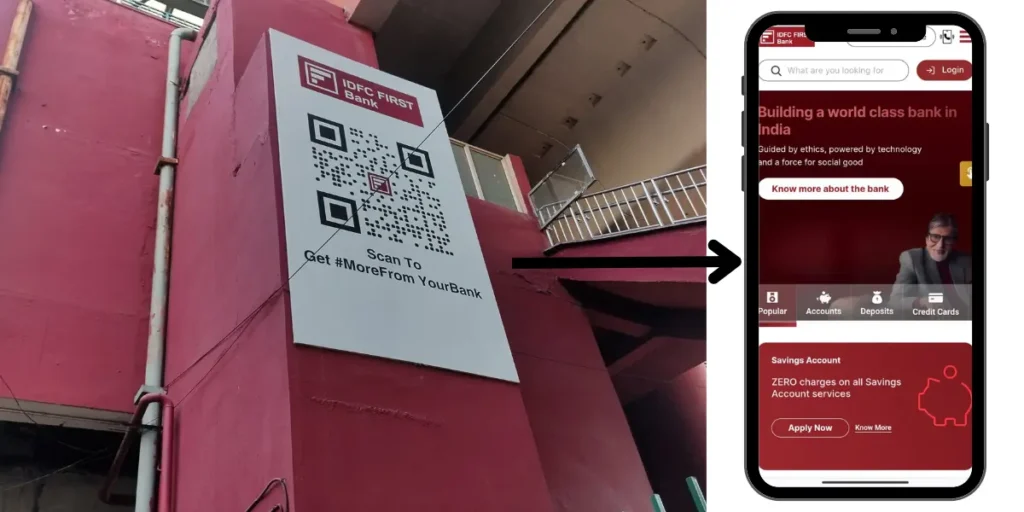
Adding an OOH QR Code on a billboard or hoarding offers a direct way for people to engage while they’re stuck in traffic or passing by.
This can be especially useful for simple call-to-actions, like visiting a campaign page or accessing a discount. It’s easy for someone to pull out their phone and scan while they’re waiting.
2. Transit ads
These are QR Codes placed on things that move like buses, taxis, and even inside trains and subways.
Since people are often looking for something to do while they wait or ride, QR Codes in transit can lead to high engagement.
Take a look at this OOH QR Code ad by Sunny Herbals inside a metro. It’s right in front of where people stand. Since it’s a shampoo ad, they’ve smartly placed it in the female-only coach to reach their target audience (women).
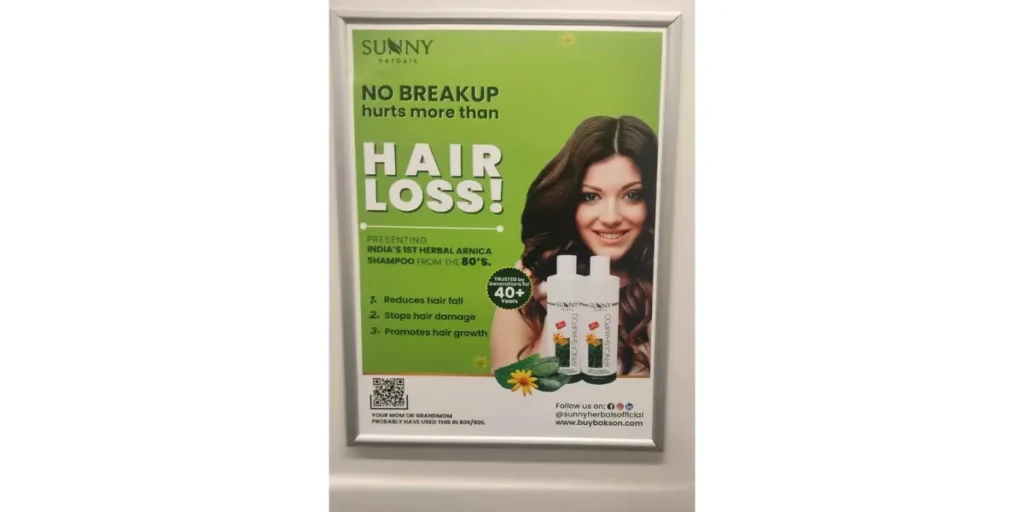
3. Street furniture
Ever noticed ads on bus shelters, benches, or kiosks? QR Codes here can reach people waiting or passing by, giving them something to interact with while they’re out and about.
OOH QR Codes here have the advantage of being at a comfortable scanning height, and they’re ideal for short-term promotions that passersby can quickly engage with.
4. DOOH (Digital Out-of-Home) campaigns
The high-tech screens at malls, airports, and outdoor locations are known as DOOH campaigns. Digital displays are perfect for QR Codes because they combine the impact of video or animation with the immediacy of QR engagement.
Digital creatives are usually cheaper to make than print ads. This means brands can afford to create more of them, giving them the freedom to offer a variety.
See this digital display ad by Ishaare with an OOH QR Code inviting people to download their app.
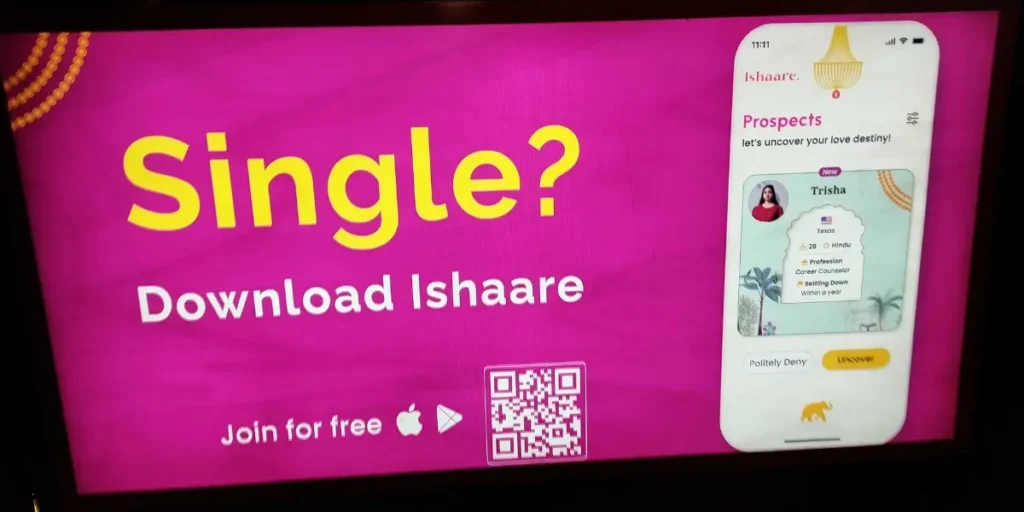
5. Building wraps
Sometimes in busy urban areas, entire or a part of buildings are covered with huge ads. Because of their sheer size, QR Codes on building wraps need to be big enough for someone to scan from a distance.
When done right, this type of placement can be very effective for campaigns aimed at generating buzz or reaching a wide audience in one area.
C. 10 Unique locations for using QR Codes in OOH advertising campaigns
Everyone knows the classic OOH advertising locations like busy roads, shopping malls, and plazas. But these spots are often crowded with ads, making it tough to really stand out.
Keep reading to discover some outdoor spaces where OOH QR Code advertising can truly shine.
Just remember that not every place will be the perfect fit for your message. But, finding those ideal spots can make all the difference.
1. Upgrade the shopping experience in supermarkets
QR Codes in supermarkets can add real value by giving shoppers instant access to extra details about products.
Imagine scanning a code on a shelf with a newly stocked or lesser-known product, and it opens up a page with more information, recipes, or special discounts.
You could even place QR Codes around the store, offering exclusive discounts at different locations, making shopping not only fun but also encouraging customers to explore more and drive sales.
2. Employee engagement at workplaces
QR Codes in the workplace are a smart way to keep employees connected to essential resources.
A quick scan of a code placed on a notice board or in the break area can take them directly to company announcements, training materials, or policy updates.
It’s an easy and efficient way to make company information accessible, keeping everyone in the loop without any hassle.
3. Digital resources in libraries
Libraries can benefit greatly from OOH QR Codes by making resources more accessible. Visitors could scan codes to view event schedules, browse the catalog, or find book recommendations.
For instance, a QR Code in the library, next to a popular book might link to reviews or related reading suggestions.
This quick access to digital resources helps visitors be more self-sufficient, letting them discover information quietly, which perfectly fits the calm atmosphere of a library.
4. Interactive spaces in parks and zoos
QR Codes in parks and zoos make exploration even more enjoyable. Imagine wandering through a zoo and spotting an OOH QR Code that links to a digital map or fun facts about an animal.
Codes placed at exhibits or near attractions give visitors easy access to schedules and event info.
This creates a hands-on experience, making the visit more exciting and interactive for people of all ages.
This idea is being adopted by the National Zoological Park in Delhi. Zoo Director Sanjeet Kumar mentioned that, as part of their beautification project, QR Codes will be attached to trees and plants. This way, visitors can not only admire the greenery but also get detailed information about them.
5. Adding depth to museum and gallery visits
In museums and galleries, QR Codes can take learning to the next level. Picture yourself looking at a painting, by scanning a nearby QR code on the plaque, you could access details about the artist, watch videos, or even view a virtual exhibit.
It turns a regular visit into an interactive journey, offering more insight and context, and making art and history feel more personal and engaging.
Here’s an example: The museum in Oshkosh recently added a set of self-guided QR Codes to selected aircraft displays. This allows the visitors to access detailed information on each exhibit right from their phones.
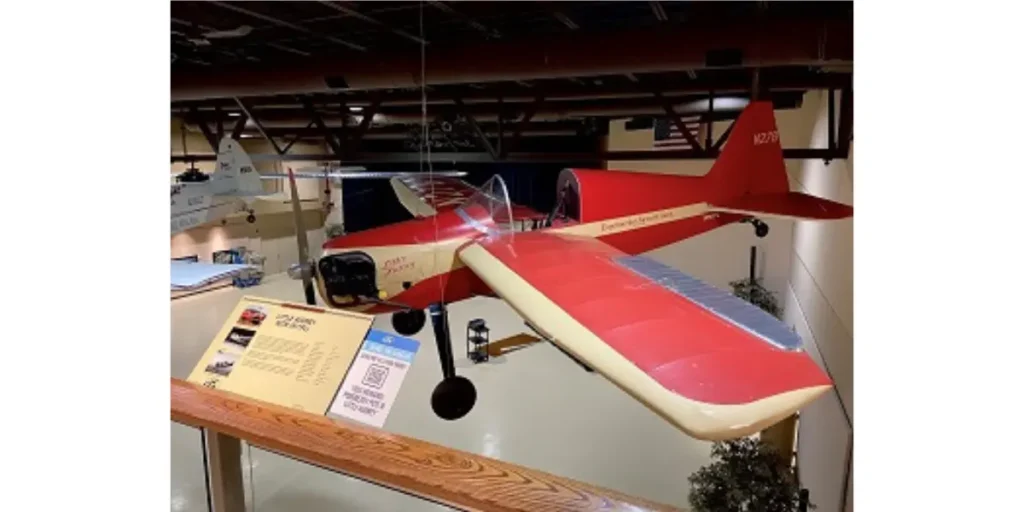
Image Source: eea.org
6. Better experience in sports stadiums
For sports fans, QR Codes add a new level of excitement. Picture a QR Code on stadium jumbotrons or on your seat’s backrest that lets you scan to check real-time stats, buy merch, or even access exclusive behind-the-scenes content.
Fans could also scan codes to order food or find the nearest restroom. These QR codes make stadium visits more fun and interactive, giving fans access to everything they need right from their seats.
The Utah Jazz basketball team brought this to life at Vivint Arena. Fans could just scan this OOH QR Code on the armrest to order food, buy merch, view maps, or even download the CoinZoom app.

Image Source: sportsbusinessjournal.com
7. Streamlined access in parking areas
Parking can be a hassle and often takes up more time than expected, but QR Codes make it simpler. By adding QR Codes in parking, people can quickly pay for parking or check for available spaces with no extra effort needed.
For example, the Mall of India uses OOH QR Codes in their parking lot. This QR Code helps people easily find where they parked their car, so they don’t get lost or confused.
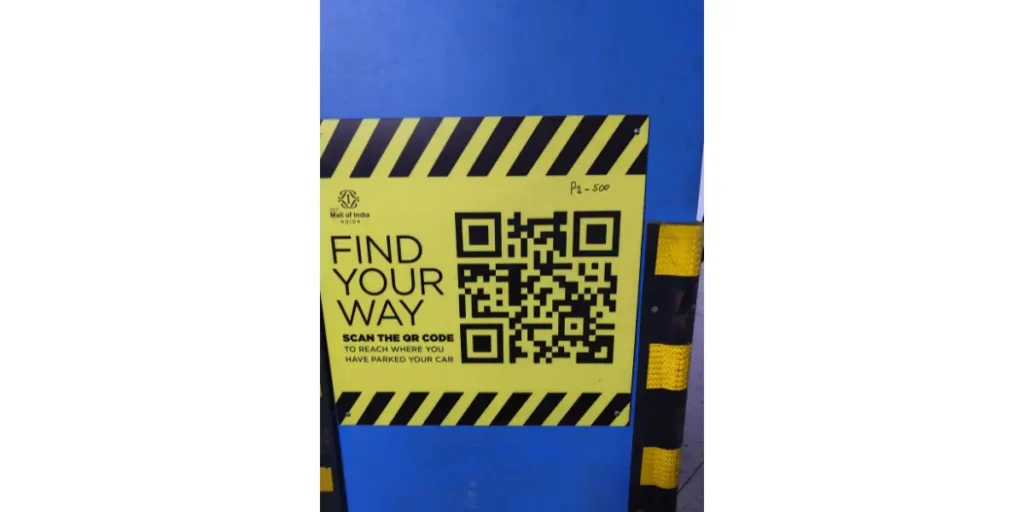
If you’re a brand with products or services related to parking, using QR Codes on promotional materials in parking lots can also be a smart move.
For example, a car cleaning service could place a QR Code nearby, giving customers an easy way to book a cleaning right from their phone.
8. Enhanced experience in airports
Airports are often crowded and busy, and QR Codes can make the experience smoother. Travelers can scan codes to get live flight updates, find their gate, or even access lounges.
And since people usually arrive early and have some downtime, placing QR Codes in waiting areas or at gates can increase engagement.
Intel uses QR Codes at airports to promote its vPro platform, targeting professionals who rely on laptops. Travelers can simply scan the codes to explore vPro’s features.
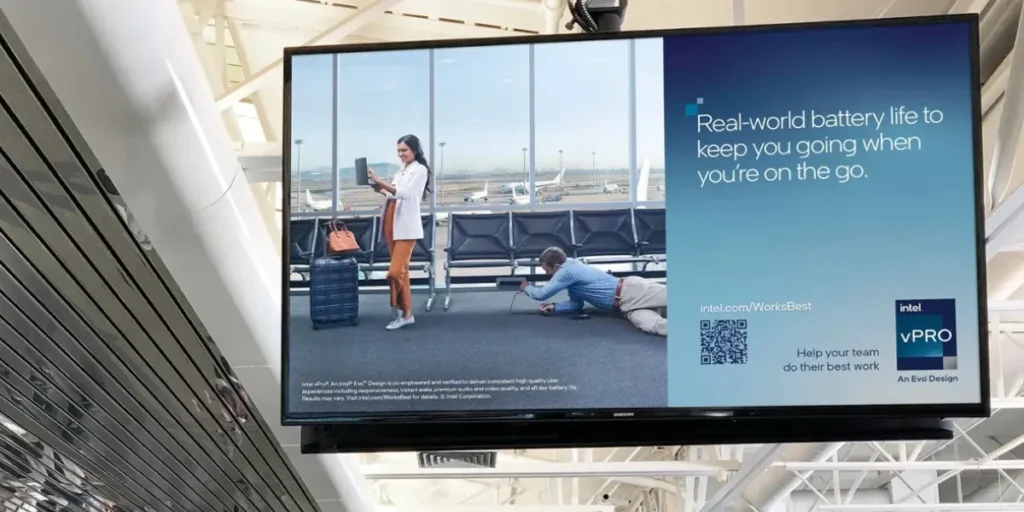
Image Source: vistarmedia.com
9. Convenient information at gyms
Gyms are a perfect spot for OOH QR Codes. New members might scan a code to access workout routines or watch instructional videos for equipment.
Gyms can also use codes to share class schedules, extend memberships, or gather feedback.
Brands targeting gym-goers, like a protein powder brand, could even use QR Codes in partnership with gyms to promote products directly to the fitness crowd, linking to product purchase pages.
10. Improved engagement in religious sites
QR Codes at temples, mosques, and other religious sites make it easy for both new and regular visitors to access key resources.
Instead of relying on bulky banners or posters, QR Codes provide a streamlined way to view schedules, make bulletins more engaging, and even simplify donations.
These codes allow visitors, including those from other countries, to explore cultural details concisely and through multimedia.
D. Creating the perfect QR Code for the OOH Advertising campaign
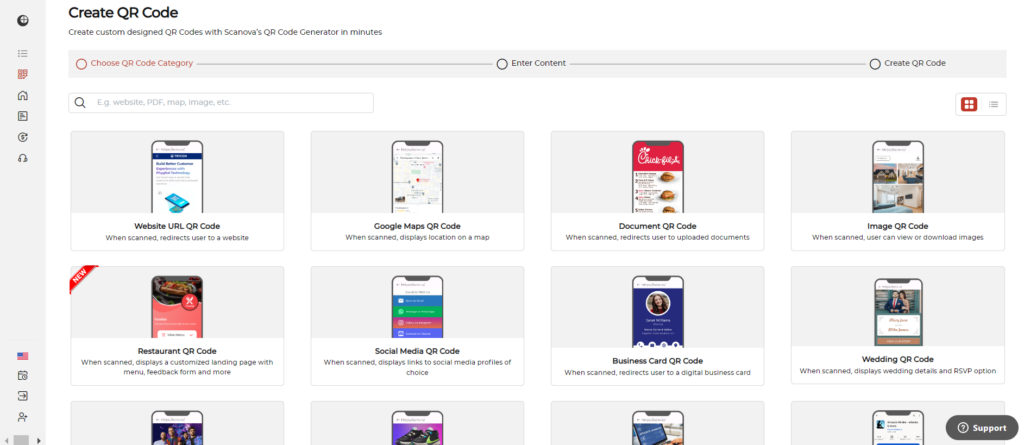
Think creating a QR Code is as complex as setting up the rest of your OOH campaign? It’s actually not! It’s surprisingly DIY-friendly.
All you need is a clear goal and a destination for your QR Code to lead to. Now, let’s see how to create a QR Code for OOH.
Step 1: Go to Scanova and choose your QR Code type
Start by opening Scanova and picking the type of QR Code you need. They offer 20+ options for different purposes. For example:
- To boost social media engagement, choose a social media QR Code.
- To drive website traffic, pick a URL QR Code.
- To bring more people to your physical store, use a Google Maps QR Code.
Step 2: Enter the content for your QR Code
Once you choose a category, a content box will appear. Just fill it in with the link or info you want people to access. Then, click “Continue.”
Step 3: Name your QR Code and choose between static and dynamic
Next, you’ll have the option to name your QR Code to keep things organized. Below that, there’d be an option to choose between a static or dynamic QR Code.
For business purposes, a dynamic QR Code is recommended, as it:
- Allows you to update the content without reprinting the QR Code.
- Lets you track scan data and analytics.
- Gives the flexibility to create custom landing pages without any coding.
After selecting, click the “Create QR Code” button.
Step 4: Design and customize your QR Code
Here’s where it gets fun! Click the pencil icon under your black-and-white QR Code to “Edit Design.” Make your QR Code branded by changing colors, patterns, or adding a logo.
This ensures your QR Code fits in well and doesn’t stick out like a sore thumb.
You can also add a frame with a call-to-action (CTA) like “Visit Website” or “Follow Us” to encourage people to scan it.
Note: You’ll need to sign up for a 14-day free trial to access design features and create dynamic codes. After that, a subscription is required to keep the dynamic codes active.
Step 5: Test and optimize your QR Code
Before downloading, click on “Test QR Code” to make sure everything’s working. This helps you confirm that the code scans properly and captures data.
Step 6: Download and add the QR Code to your ad design
After testing, click “Download.” A window will pop up, letting you choose the format and size, an essential step for OOH QR Code.
Quick tip: For print, go with vector formats like EPS or SVG for crisp, scalable designs. For digital, stick to raster formats like JPEG or PNG that are optimized for screens!
E. Key considerations for OOH QR Code campaigns

1. Size matters
Make sure the QR Code isn’t too small to see or scan, but also not so large that it takes over most of the creative. It should be big enough for people to scan easily from a reasonable distance.
For outdoor ads, a minimum size of 10×10 inches is usually ideal, though you might need to adjust based on where it’s placed.
2. Strong contrast
Imagine people can’t scan your QR Code because it’s a brown code on a black background.
To avoid this, choose colors that make the QR Code stand out from the background. Use strong contrast so it’s visible in different lighting conditions.
Quick Tip: Go for dark codes on light backgrounds or the other way around.
3. Place it strategically
Position the QR Code at eye level or in spots where people tend to stop, like bus stops, elevators, or waiting areas.
Avoid placing it too high or low, as this can reduce interaction. Also, keep the space around it clutter-free to make the QR Code the focal point, making it easy to notice.
4. Ensure a smooth mobile experience
Since QR Codes are meant for smartphone cameras, it’s essential to make sure your content is mobile-friendly.
A slow or poorly formatted page can frustrate users and cause drop-offs. Ensure all content, buttons, and forms work smoothly on mobile devices.
5. Verify functionality in real-world conditions
Before launching, confirm that the QR Code works in different real-world conditions: lighting, weather, and across various mobile devices.
You can even have a few people try it out to gather last-minute feedback.
See the brands that choose Scanova first for their QR code solutions:

F. Recent trends in OOH QR Code advertising to watch for

1. Integrate OOH QR Codes with augmented reality (AR)
Augmented reality adds a layer of digital elements over your real-world surroundings. Picture scanning a QR Code on a billboard and redirecting to a 3D model of a product.
Or interacting with an animated character that tells your brand’s story. AR with QR Codes brings an element of surprise and fun that leaves a lasting impression.
2. Incorporate gamification
Everyone loves a rewarding challenge! Adding gamification to your OOH ads through QR Codes can help engrave your brand name in people’s minds.
Design a campaign that invites people to scan QR Codes at multiple locations for a reward.
Each scan can unlock a part of a code, leading to an exclusive prize, discount, or entry into a giveaway. Many brands already use this technique to run loyalty programs.
3. Link QR Codes to user-generated content (UGC)
UGC is content related to a brand created by its customers or users, not the brand itself.
You can encourage people to scan the code and create their own content by linking OOH QR Codes to UGC campaigns.
It could be anything like a photo, review, or video. This not only increases engagement but also creates a sense of community around your brand.


G. FAQs: OOH QR Codes

1. Can you put a QR Code on a billboard?
Absolutely! A QR Code on a billboard allows immediate interaction. People can scan it to learn about your product, access discounts, or make purchases.
Ensure the QR Code is large and placed in visible spots, like intersections or bus stops.
2. What types of content can an OOH QR Code link to?
OOH QR Codes can link to various content types, including:
- Websites: Direct users to your main site.
- Videos: Showcase promotional clips or tutorials.
- Social Media: Link to your profiles for engagement.
- App Downloads: Encourage app installations.
- App Pages: Increase direct sales.
- Special Offers: Provide exclusive discounts for scanners.
3. Can I track the performance of my OOH QR Code?
Yes, you can track your QR Code’s performance! Using a dynamic QR Code offers analytics that shows scan counts and details like time and location. This data helps you assess effectiveness and refine future campaigns.
4. Can I use a QR Code in multiple campaigns?
Definitely! You can use a dynamic QR Code across different campaigns. This type allows you to change the linked content without creating a new code.
If you launch a new promotion or update your website, simply adjust the existing QR Code’s destination.
Final thoughts
In conclusion, OOH QR Codes are here to stay! While new ways of using them might pop up, they’re no longer optional for outdoor ads.
They’ve solved the biggest challenge of OOH creatives, i.e. making them actionable. The best part? You can track exactly how well your ad is doing and update it even after it’s up.
So, create your campaigns, keep them simple, make them visible, and watch your engagement grow!
Questions on Your Mind? Share your thoughts in the comments, and we’ll get back to you soon!
